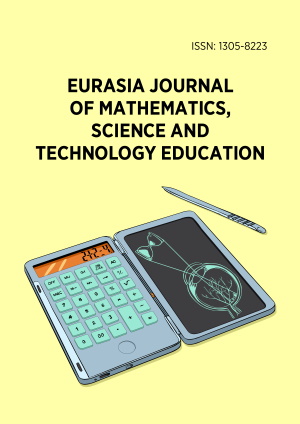Abstract
classrooms, yet evidence on their collective impact remains scattered across single‑tool case studies. This systematic review closes that gap by analyzing nineteen empirical investigations published between 2020 and 2025 that deploy learning‑management systems, mobile applications, extended reality (XR) environments and artificial‑intelligence tutors in K‑12 and tertiary science, technology, engineering, and mathematics (STEM) settings. Using a mixed method comparative synthesis, the study maps how these tools converge into integrated communication ecosystems and how their orchestration shapes conceptual understanding, collaboration dynamics and equity of access. The findings show that learning‑management platforms and mobile messaging now anchor almost three quarters of deployments, providing a backbone for scheduling, resource distribution and threaded dialogue that bridges classroom and home. When these platforms are paired with short, scaffolded XR sessions and real‑time, artificial intelligence‑driven feedback loops, learners achieve double‑digit gains in spatial reasoning, problem-solving and motivation while low‑performing students close achievement gaps by up to thirty per cent. The review also uncovers persistent barriers: bandwidth constraints, high hardware costs and limited teacher data literacy temper the transformative potential of these tools, particularly in rural and linguistically diverse contexts. By clustering technologies, pedagogical approaches and methodological choices into a single analytic matrix, the review offers the first holistic blueprint for designing inclusive, data‑rich STEM ecosystems. However, methodological heterogeneity, study durations shorter than one school term and convenience sampling from high‑connectivity regions limit generalizability and call for longitudinal, multi‑site designs and living evidence reviews. Overall, the study argues that communication technologies will reach their full promise only when technical ingenuity is matched by pedagogical wisdom and structural commitment.
License
This is an open access article distributed under the Creative Commons Attribution License which permits unrestricted use, distribution, and reproduction in any medium, provided the original work is properly cited.
Article Type: Review Article
EURASIA J Math Sci Tech Ed, Volume 21, Issue 10, October 2025, Article No: em2719
https://doi.org/10.29333/ejmste/17178
Publication date: 01 Oct 2025
Online publication date: 30 Sep 2025
Article Views: 2227
Article Downloads: 3340
Open Access References How to cite this article
 Full Text (PDF)
Full Text (PDF)